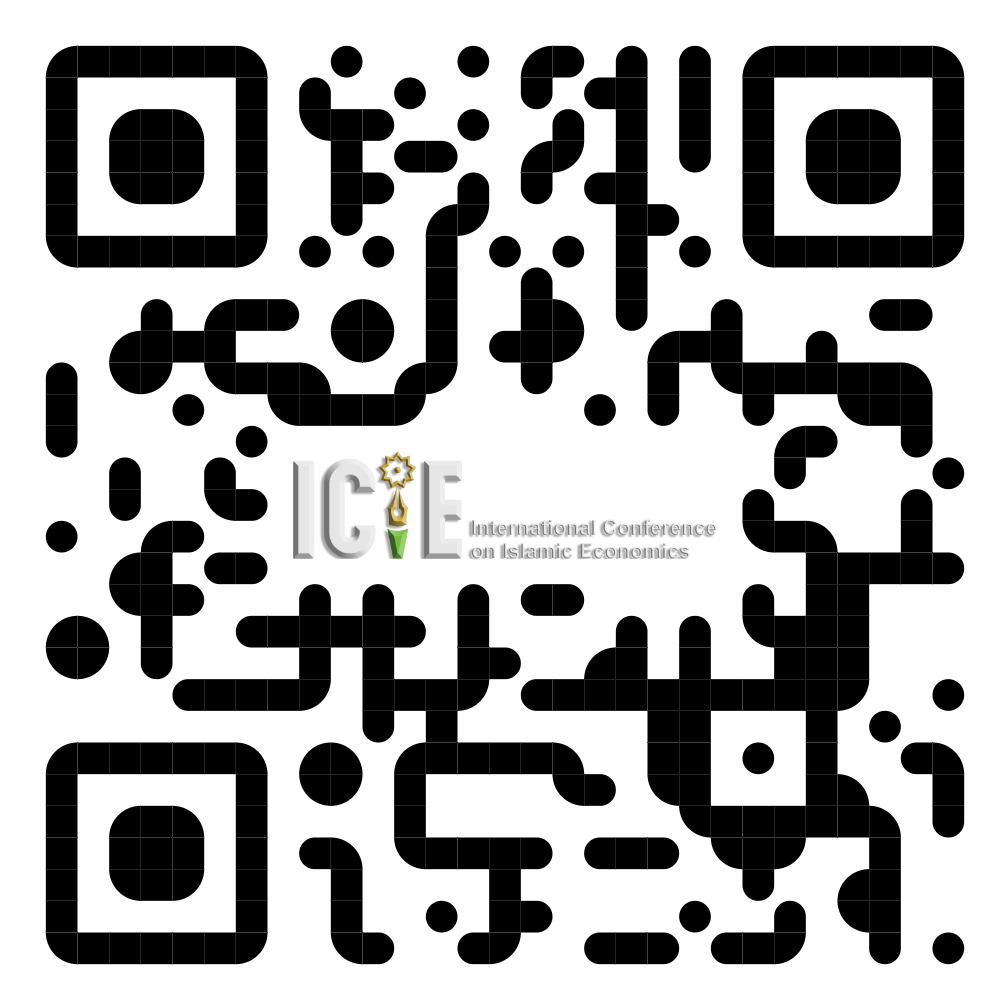A Comprehensive Analysis of Gender Disparities in Indonesian Human Development Using Machine Learning Techniques
Keywords:
Gender Inequality, Human Development Index, Machine Learning, Composite AnalysisAbstract
This study examines gender disparities in human development across various regions of Indonesia using components of Human Development Index (HDI). We employed A/B testing, composite analysis, and K-means clustering. By analyzing 2023 data, we revealed significant gender differences in life expectancy, education, and economic well-being. While women exhibit slightly higher life expectancy, men have an advantage in education and per capita expenditure. A total of 78,60% of regions is classified as “High” for male HDI, compared to just 13,42% for male HDI, with the largest gaps observed in remote areas such as Papua. Our findings highlight the need for targeted and gender-sensitive policies that address regional disparities and promote equitable access. This research deepens the understanding of gender development challenges in Indonesia and provides insight for formulating more effective strategies to foster inclusive and sustainable growth.




